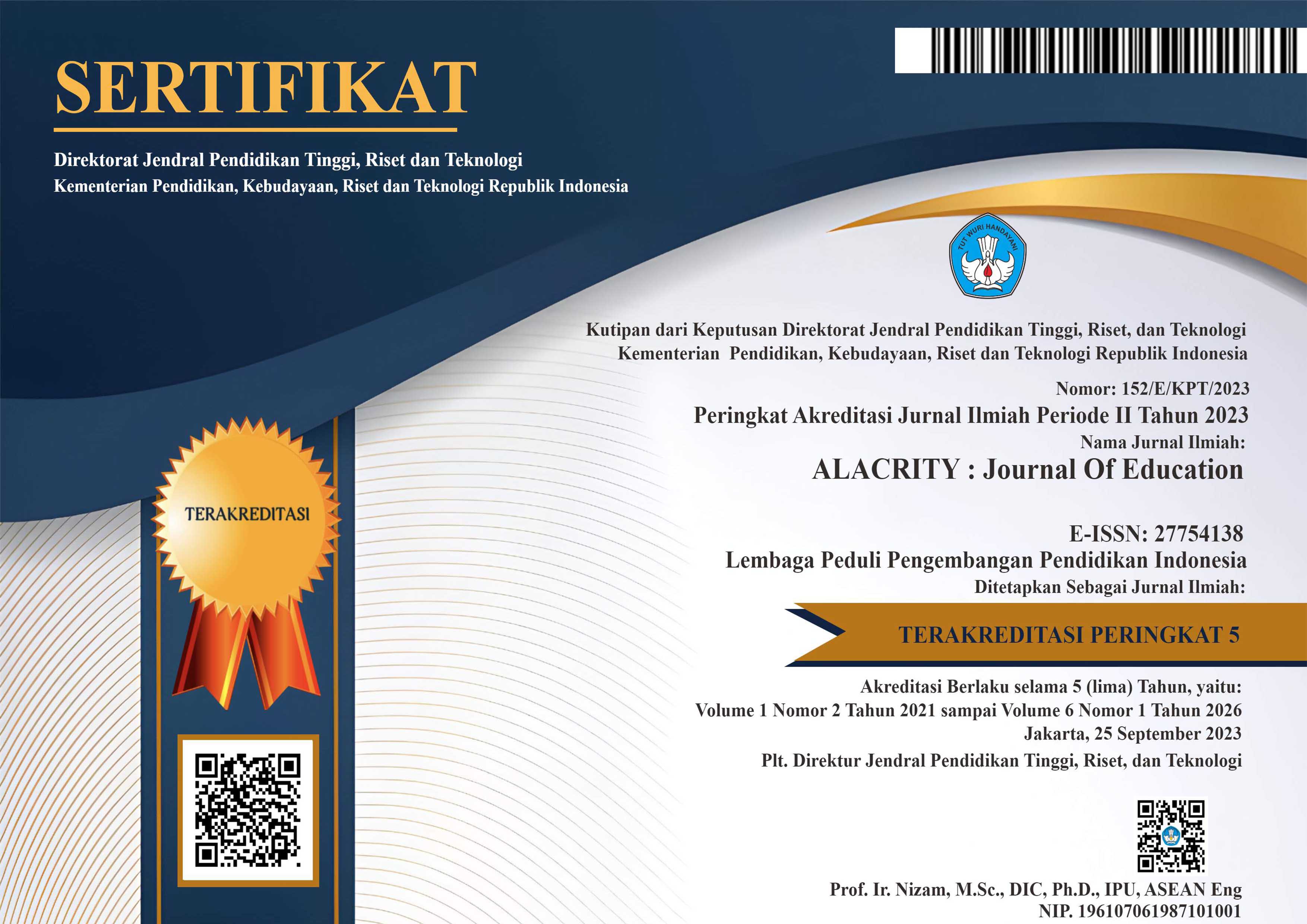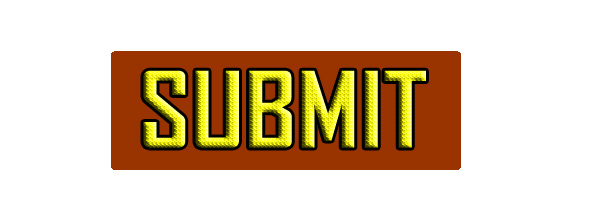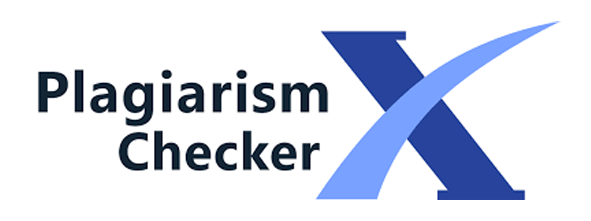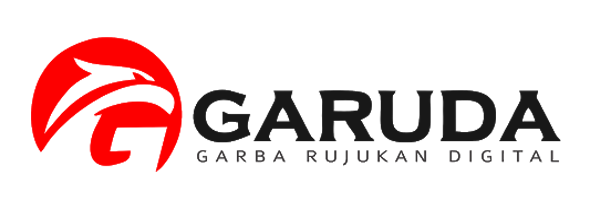The Study of Sign (Icon, Index, and Symbols) as Found in Sun Plaza Mall by Using Pierce’s Theory
DOI:
https://doi.org/10.52121/alacrity.v5i1.535Keywords:
Semiotics, Icon, Index and Symbol, Sun PlazaAbstract
Semiotics is the study of signs and their meanings in various contexts, and this study explores the application of semiotic theory, specifically Charles Sanders Peirce’s framework, in analyzing signs found in Sun Plaza Mall Medan. The study categorizes signs into three types: icons, indes, and symbols. Icons visually resemble their objects, indexes indicate cause-and-effect relationships, and symbols rely on shared cultural meanings. Using descriptive qualitative methods, data was collected through direct observation and documentation of signs, revealing a total of 10 icons, out of 26 indexes, and 4 symbols. Findings indicate that indexes are the most common, comprising 65% of the signs. Emphasizing the importance of warnings and instructions for visitor behavior. This analysis highlights how the strategic use of signs to improves navigation, safety, and the overall visitor experiences in the mall, demonstrating the importance of effective visual communication in public spaces by sign as a massage for visitor massage for warning, or designed to guide visitors, ensure safety, or more organized. safe, and accessible or prohibiting.
Downloads
Published
Issue
Section
License
Copyright (c) 2024 ALACRITY : Journal of Education

This work is licensed under a Creative Commons Attribution-ShareAlike 4.0 International License.













